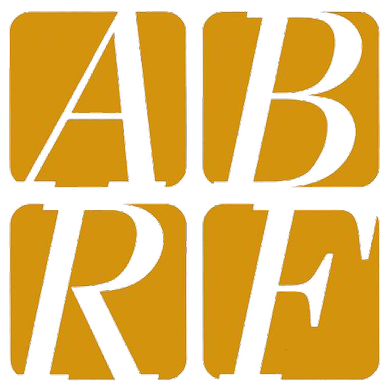Open Mic / LMRG:
Group Study 3: The Development and Implementation of New Tools for Microscope Quality Assurance Testing:
The goal of this study was to create a 3D biologically-relevant standard test sample and imaging protocol which would allow a microscopist to evaluate the performance of their imaging system as a function of imaging depth in the following areas: (1) system resolution and point spread function quality in 3D, (2) reliability of intensity quantification, and (3) image signal-to-noise. We developed two test samples that each consist of a mixture of fluorescence microspheres embedded in a 100µm-thick layer of CyGel, a thermo-reversible 3D cell growth media with refractive index of 1.37. We will present a summary of our methodology and quantitative analysis of approximately 140 laser scanning confocal datasets collected from over 50 participants across 15 countries and including instruments from four major microscope manufacturers. The results show some interesting and unexpected trends and provide tools and benchmarks that investigators can use to evaluate systems at their own institutions.
An overview of the Flow Cytometry Research Group (FCRG) Studies:
The FCRG’s main focus is to provide the flow cytometry community with practical information on fluorescent activated cell sorting that they can implement to better serve their users. Our initial studies focused on the effects of different cell sorters and pressures on cell function and gene expression. Over the last few years our group has focused our studies on evaluating sterility and cleanliness of cell sorters in shared resource laboratories (SRLs), as well as, evaluating the effects fixation has on RNA isolation from sorted cells. Our current focus is on developing best practices for single cell sorting.
Multi-Well, In-Incubator Imaging Platform for Biological Imaging:
Typical approaches to biological imaging consist of a tissue growing environment (e.g., incubator) where multiple samples are cultured simultaneously, and a shared central microscopy unit, where images are generated one sample at a time. In the majority of cases, the samples are manually relocated from the incubator to the central microscopy unit. This technique has one major advantage: the ability to use a single high-cost microscope. However, there are several disadvantages: Firstly, moving the biological samples outside of the incubator unit can contaminate them. Secondly, the specific growing conditions (e.g., temperature, humidity, CO2 concentration) cannot be maintained without additional equipment during the imaging period. Thirdly, this approach cannot monitor transient phenomena (e.g., continuous monitoring of development).
We propose a multi-well, in-incubator imaging platform that eliminates these shortcomings and can be used for bright-field and fluorescent microscopy. This system is mostly 3-D printed, with a cost coming in under $100 per imaging unit (e.g., tissue growing well). The system is Wi-Fi enabled, allowing remote control (of imaging frequency focus adjustment, lighting, and fluorescent imaging, etc.) without removing the system from the incubator. The images are stored in the cloud allowing for off-site analysis. The imaging system is designed for the scalability of hardware and accounts for larger volumes of data output, storage, and processing.

